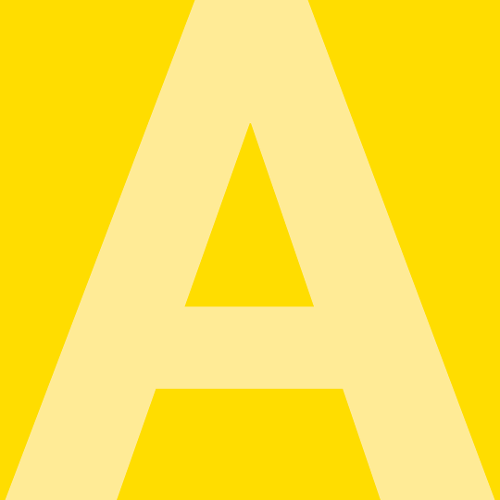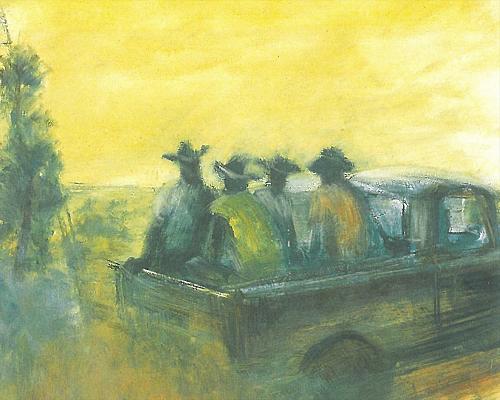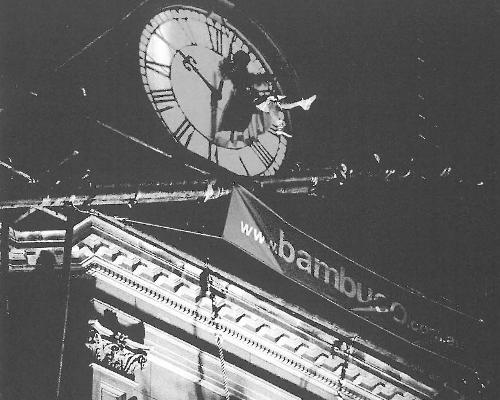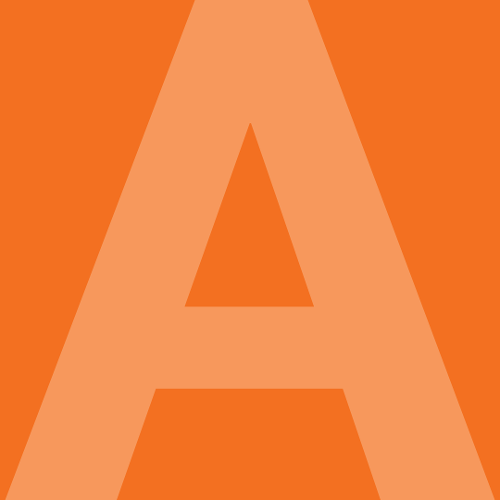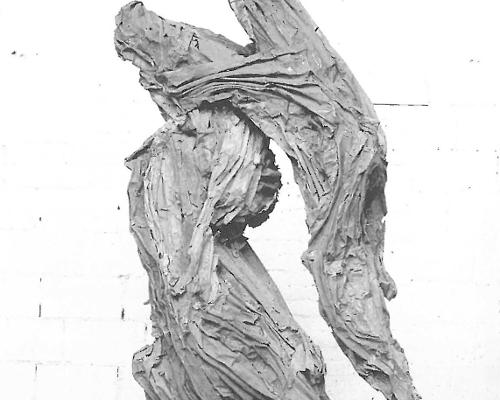.jpg)
By all accounts, the Art Gallery of South Australia's exhibition CHEMISTRY achieves what it sets out to do: that is, to focus on works acquired from 1995 through 2000 with the Faulding 150 Anniversary Fund for South Australian Contemporary Art. Curator Sarah Thomas chose to include other works from the Gallery's collection, and a small number from private collections (generally courtesy artists and their gallerists, but also from Tandanya and the corporate collection of pharmacuetical company F H Faulding & Co Ltd.). Sarah Thomas states clearly in her catalogue essay that the exhibition "is not the last word on South Australian art of the 1990s".
The branding of the project is apposite if not a tad historical by now: Aldo Iacobelli's Paintings in oil 1992-93; the signature work that appears on the exhibition banner, the catalogue cover, and at the entry to the exhibition, is appropriately suggestive of scientific or pharmaceutical materials, neatly displayed in a new format for the exhibition: on a grid of back-lit glass shelving.
Importantly the modest grant ($20,000 each year for five years) enabled the acquisition of a diverse range of art works across media boundaries, but, in order to be representative, the Gallery often chose to buy more things that cost less money. For this reason, major works by some leading artists are absent from the Gallery's collection. Does any art museum in Australia collect so-called local artists in depth? More than two works seems to be the qualifier. This is where collection policies need to be bold. But the Gallery has a big brief and a not so big bank-balance, acquisitions-wise. When I was a curator at the Gallery from 1995 to 1998, I found it surprisingly difficult to find private patronage for acquisitions of contemporary art. This is less of a problem for other areas of the Gallery's collection.
Suffice to say, the Gallery really has no policy on the collection of contemporary art, South Australian or otherwise, except to be representative across the board. And after all, the Gallery is an art museum (and a very good one), not a kunsthalle, or contemporary art space.
.jpg)
That is one reason that the viewing of CHEMISTRY is a strange experience. Several of the works displayed in the polished-wood floored, mushroom-painted walled temporary exhibition space were birthed in different circumstances: first presented in the white-walled spaces of the Experimental Art Foundation, the University of South Australia Art Museum when it was at the Underdale Campus of the University of SA, or the Contemporary Art Centre of South Australia. Most surprising in this instance is George Popperwell's monumental installation Region 1994-96, premiered at the Experimental Art Foundation, and previously shown at the Art Gallery of SA in its upstairs skylit white and gray slate contemporary collection galleries. Popperwell's work as displayed in CHEMISTRY is sensibly given a room of its own, and seems effectively concentrated. It is a different experience of the work, and one that shifts the work's particular gravity but does not detract from it.
It is worth noting that the exhibition is accompanied by a handsome catalogue with lots of colour images of works. Sarah Thomas's introductory essay sets out an effective ground-plan that describes the institutions and independent projects that presented the art of the decade. Many of the works in the exhibition are accompanied by concise wall-texts that provide an entry into the works for the uninitiated. The politics, factions, professional and personal relationships that make up the Adelaide visual arts community are thankfully (and appropriately) hidden. This exhibition is not (and it shouldn't be) for the art-world. There are no glaring omissions given the show's premise. As an exhibition for the public of South Australia (who are the rightful owners of the Gallery's collection), it paints a clear and compelling picture. Visitors could be forgiven for thinking that South Australian artists are obsessed with the strange and unique environment that is the Southern Australian landscape; or with the internal workings of the mind and its attendant psychoses and neuroses. It seems, however, from reading the works in this exhibition, that they go hand-in-hand.

